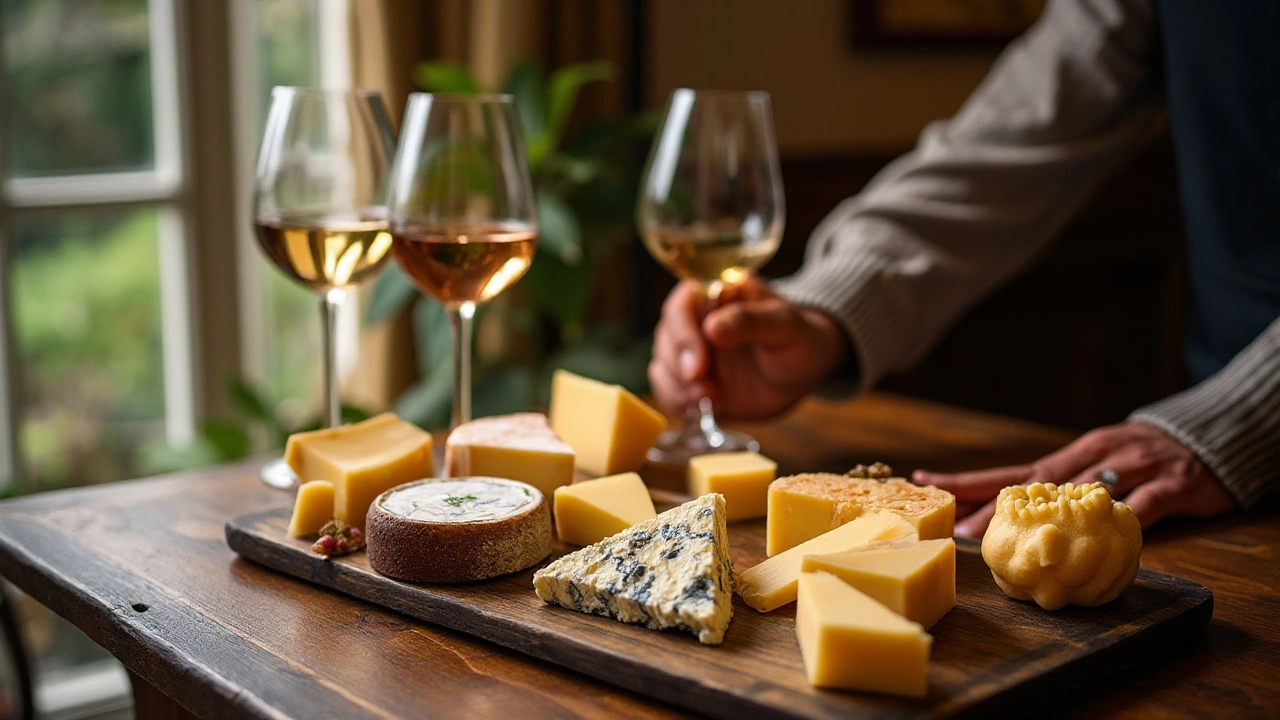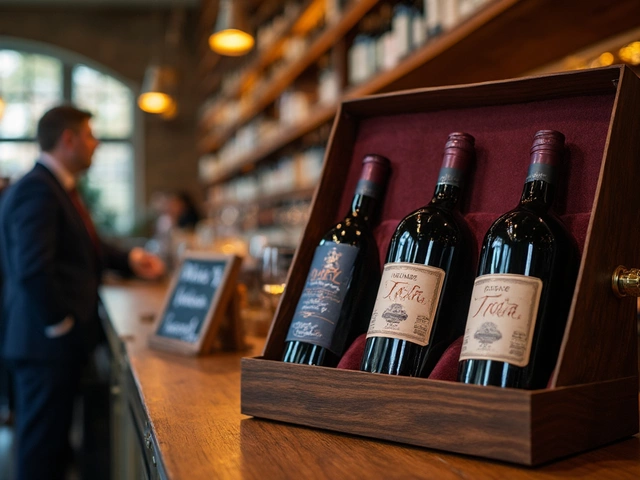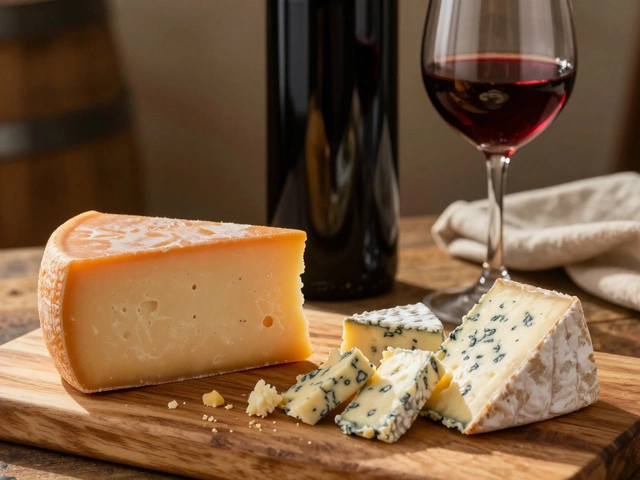Wine and Cheese Guide: Simple Pairings and Practical Tips
If you’ve ever stared at a cheese board wondering which wine to pour, you’re not alone. The good news is you don’t need a sommelier degree to create a tasty match. All you need are a few basic rules, a taste for experimentation, and a willingness to have fun.
Choosing the Right Pairings
Start with the strength of the cheese. Soft, creamy cheeses like Brie or Camembert pair best with light whites such as Chardonnay or a crisp Sauvignon Blanc. The acidity in the wine cuts through the richness and makes each bite feel fresh.
Hard cheeses – think aged cheddar, Gouda, or Parmigiano – can handle more body. Try a medium‑bodied red like Pinot Noir or a full‑bodied white such as oaked Chardonnay. The wine’s tannins and bold flavors stand up to the cheese’s firm texture.
Blue cheeses are a special case. Their salty, pungent character loves a sweet contrast. Pair them with a late‑harvest Riesling, Sauternes, or even a ruby Port. The sugar balances the bite and creates a harmonious finish.
Don’t forget the classic goat cheese and Sauvignon Blanc combo. The goat’s tang meets the wine’s herbal notes, making a bright, refreshing match. If you prefer something more adventurous, try a smoky Manchego with a Rioja – the earthiness of the wine highlights the cheese’s nutty flavor.
Serving Tips and Timing
Timing matters. If you’re serving a wine tasting, give guests a moment to sip before offering cheese. A simple palate cleanser – a slice of plain baguette or a few grapes – helps reset the taste buds.
When arranging a cheese board, keep the layout simple. Place the cheese wedges apart so each type has its own space. Add a handful of nuts, fresh fruit, and a drizzle of honey for extra texture and sweetness.
Temperature is another easy win. Soft cheeses should be at room temperature for about 30 minutes before serving; this brings out their full flavor. Red wines benefit from a slight cool‑down (around 60°F) if they’re very full‑bodied, while whites are best served chilled (45‑50°F).
Finally, experiment. Grab two wines you already love, pick a cheese you haven’t tried, and see how they interact. Write down what works and what doesn’t. Over time you’ll develop a personal cheat sheet that beats any generic guide.
With these straightforward steps, you can turn any gathering into a memorable wine‑and‑cheese experience. No fancy jargon, just good taste and a bit of curiosity. Cheers to tasty pairings and effortless entertaining!
Exploring the delightful world of wine and cheese pairing involves more than just a simple matching of flavors. This guide unravels the complexities and subtleties of creating harmonious combinations that enhance taste and experience. Delve into tips for choosing the perfect wine for your cheese platter and discover surprising pairings that will impress even the most discerning palate. Whether you're a novice or a seasoned expert, this article offers invaluable insights to elevate your culinary enjoyment.
View Details

